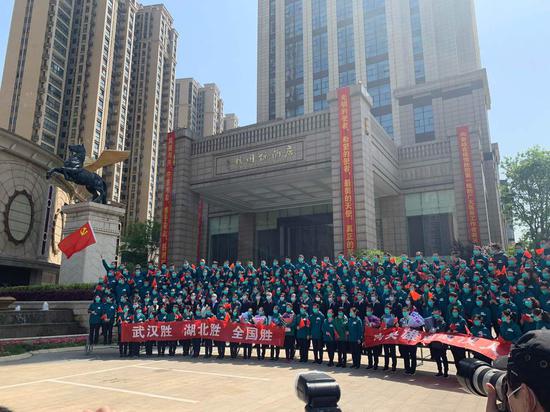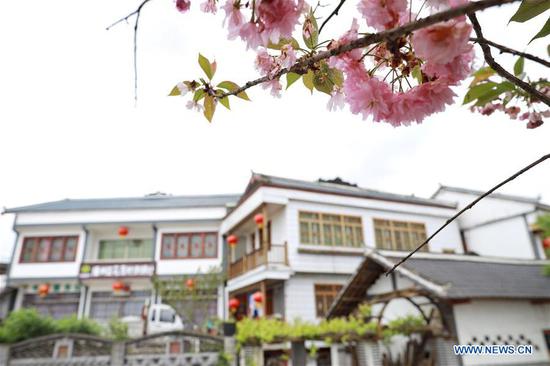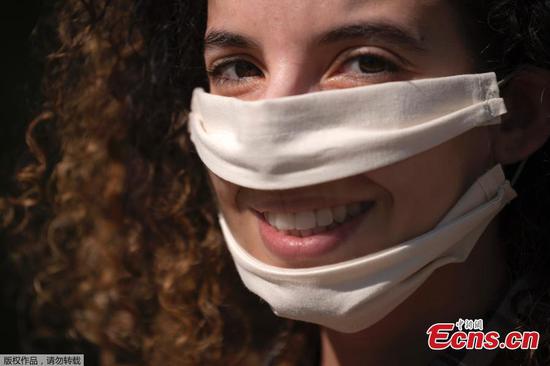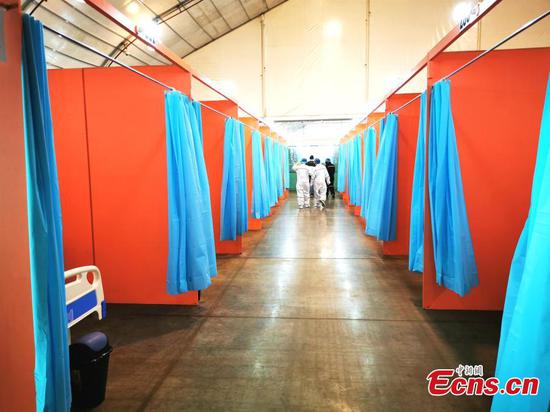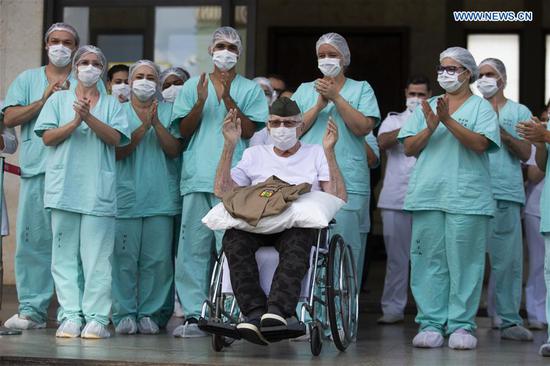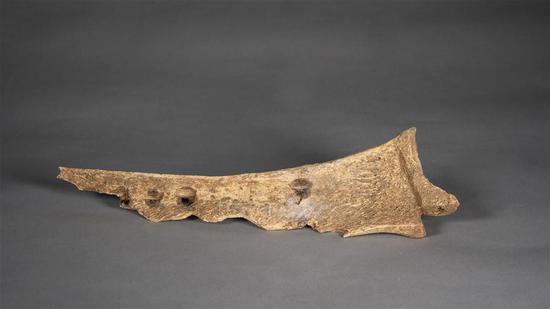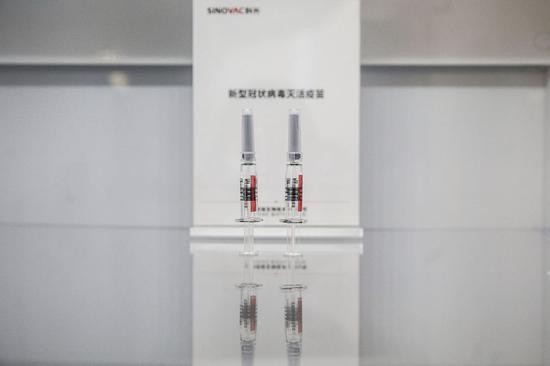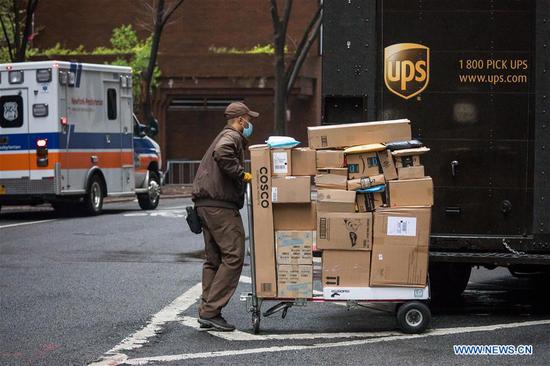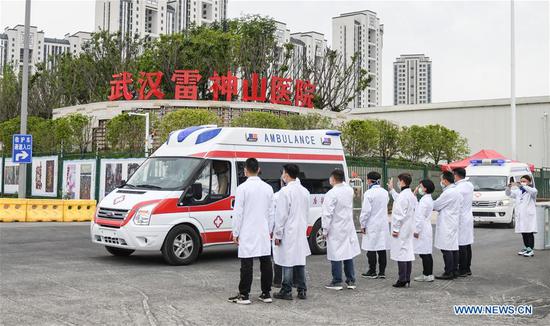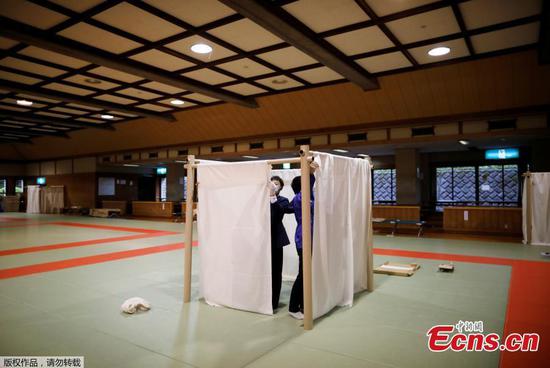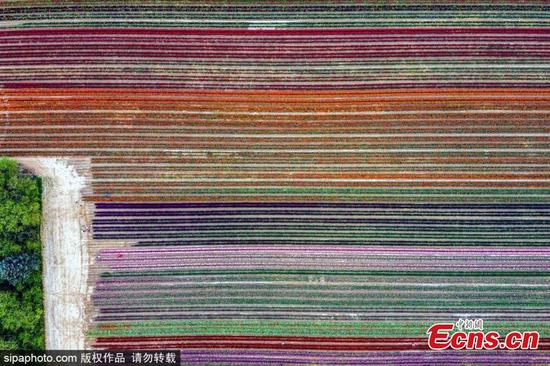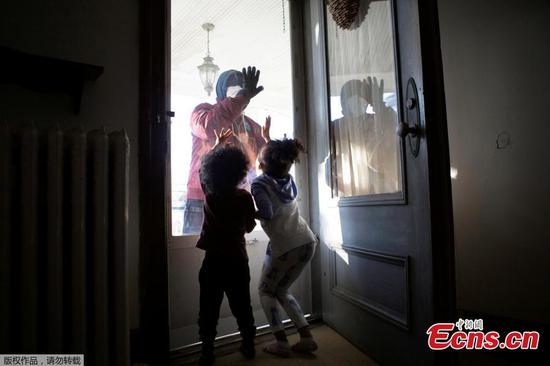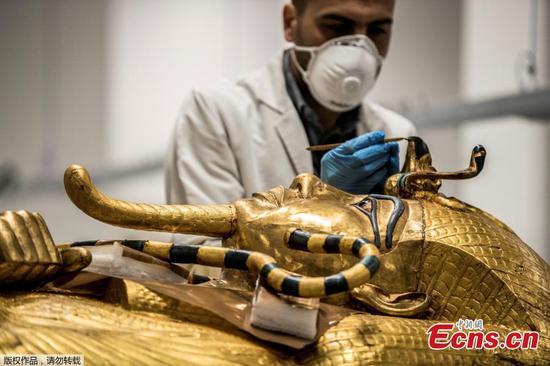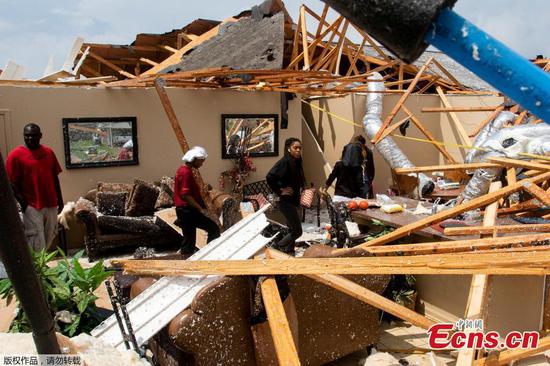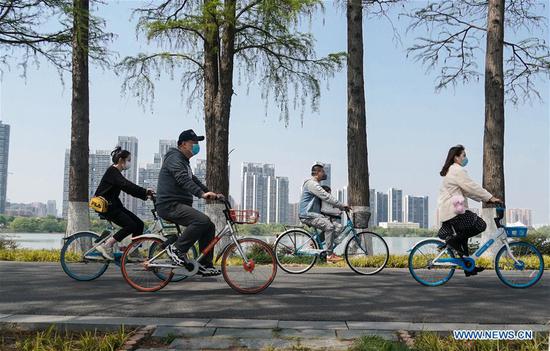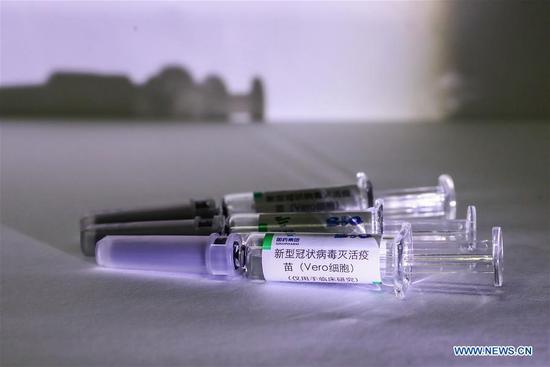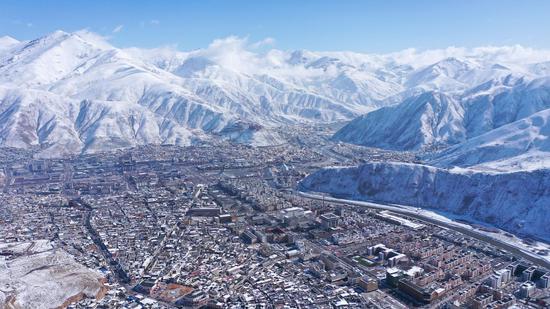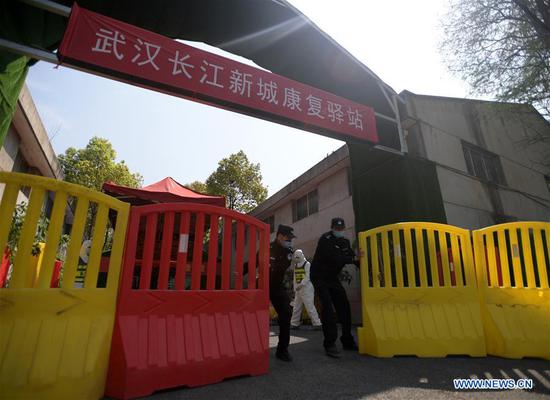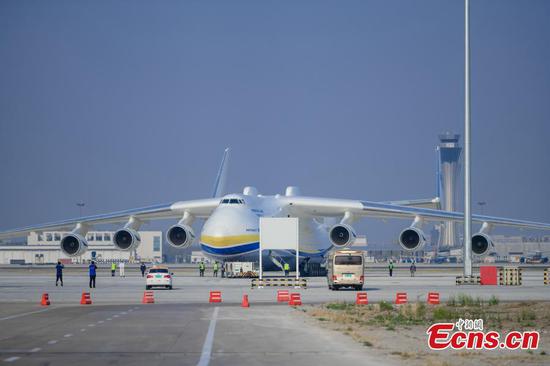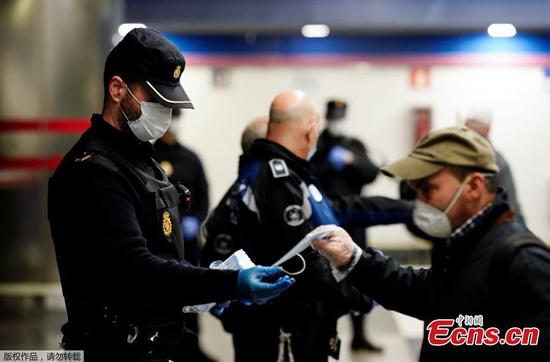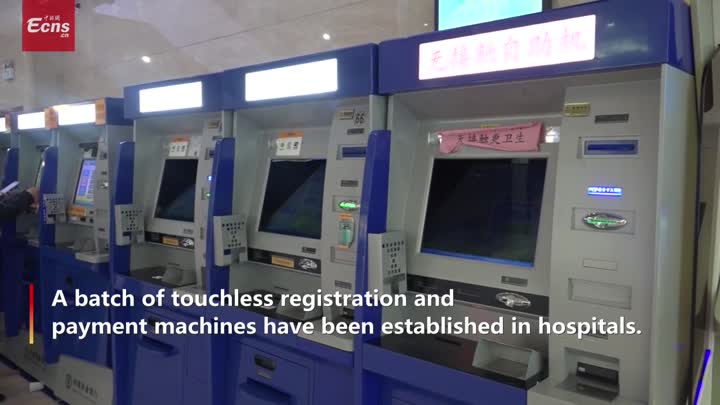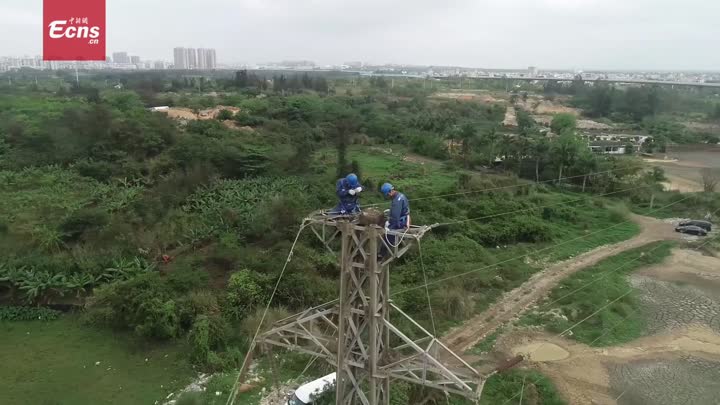Useful lessons
Zhang Shuyang, vice-president of Peking Union Medical College Hospital, said two of the most popular diagnostic methods for COVID-19 are PCR nucleic acid tests and antibody tests. The former is a tried-and-trusted method that is cost-effective for large scale diagnosis, as it only requires the use of swabbed tissue.
Based on Zhang's experience, nasal swabs are more accurate than throat swabs, but both methods may not include as much viral content as extracting fluid from the lower respiratory tract, which consists of the trachea and the lungs, she said.
"Samples collected from the lower respiratory tract tend to yield fairly accurate test results, because that's where the virus mostly resides," she said. However, this procedure is more time-consuming and difficult to conduct, and should be reserved for patients with more pronounced symptoms.
Feng Luzhao, a researcher from the Chinese Center for Disease Control and Prevention, said at a news briefing last month that the average waiting time for nucleic acid testing results in China is about two to three hours, with a relatively high accuracy rate.
However, the time and accuracy may vary for test kits produced by other countries.
Another common issue with PCR nucleic acid tests is that they are prone to false results. Feng said the accuracy depends heavily on the quality of the test kit, how long a patient has been infected, and how rigorously the samples are collected, transported and processed.
Wang Jianbin, a researcher at the Center for Life Sciences jointly operated by Tsinghua University and Peking University, said a typical nucleic acid test kit has three components: the extraction reagent; enzymes and supporting chemicals; and primers.
The extraction reagent and supporting chemicals are genetic and can be found in other test kits, but the primers are uniquely designed to detect a specific pathogen. On Jan 21, Chinese scientists published genetic information about the primers, paving the way for other countries to develop their own kits.
Wang Jianbin said stepping up production too quickly could lead to quality control issues, because test kit manufacturers may not have the time or resources to optimize their products. This issue was especially prevalent during the early days of the outbreak in China.
Zhang said overworked staff members present another challenge that could hinder the accuracy of tests, adding, "If front-line medical workers are exhausted or not familiar with the test kit, they may not follow the detailed instructions properly."
According to the China Association for In-Vitro Diagnostics, laboratory testing for the novel coronavirus is highly dangerous. Employees must wear protective gear that meets biological safety level 3 requirements, the third-highest on a four-tier system for handling dangerous pathogens such as yellow fever, West Nile virus and bacteria that cause tuberculosis.
Zhang said: "To protect the testing staff, the samples are often sterilized for at least 30 minutes at 56 C. This procedure may destroy the virus' genetic material, making it difficult to detect the pathogen."
To solve these problems, China has optimized its biosafety standards, reducing the need to unduly process the samples, she said. Dozens of advanced bioresearch facilities nationwide have also been mobilized to serve as test centers for the virus.
In addition, Wang Jianbin said many designated hospitals have set up test labs, avoiding the need to transport samples to another testing facility, risking contamination in the process.
As the pandemic virus is just a single strand of fragile ribonucleic acid, samples that are collected must be tested within four hours to prevent the genetic material from degrading. If, for some reason, samples are not tested within 24 hours, they must be stored at a temperature of below minus 70 C, according to the China Association for In-Vitro Diagnostics.
Zhang said, "From clinical practices to scientific research, we are finding new solutions to our diagnostic issues by optimizing our procedures and improving the test kits."
On March 31, China stepped up oversight of exports of diagnostic tools after several European countries raised concerns about their accuracy. The country now requires exporters to obtain a registration certificate from the NMPA and for approval to be granted by the importing nation.
About a week later, Chinese customs officers confiscated just over 1 million unregistered test kits after some exporters attempted to bypass the new regulation by categorizing their kits for the virus as "rapid test kits."
Jiang Fan, a senior inspector at the Ministry of Commerce's Department of Foreign Trade, said at a news briefing last week, "The ministry will partner with other related government bodies to enhance oversight of production, approval and customs clearance for medical products.
"We will severely punish anyone who tries to sell counterfeit goods or disrupt the market. There will be no exceptions."
Jiang also urged other countries to strengthen oversight of such imports, and strictly follow the instructions for use of medical products. Her comments followed recent reports that fake CE marking by third parties was becoming more widespread.









